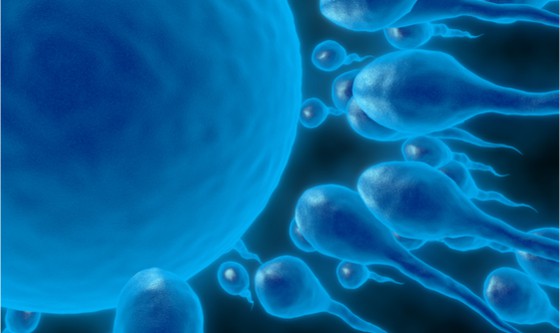
Female fertility: top five myths busted
Women have been giving birth for millions of years, yet myths about their fertility still abound. Some of it’s legend, some distorted science, and some plain nonsense. Let Love Matters help you!
It’s easy to get pregnant
Though many women get pregnant without difficulty, it’s not as easy as you might think. According to Resolve, an advocacy organisation for people who are infertile, one in every 10 couples in the United States has problems with infertility. Sixty per cent of the time, the reason lies with the woman’s infertility.
More than 50 per cent of women trying to have a baby get pregnant within six months. But it’s common for couples to try for a year to 18 months before they conceive. Try not to stress out about it – there’s evidence to show that relaxing helps! Here are some more tips on how to get pregnant.
If you’ve tried all our tips and it still hasn’t worked out for you, you might want to do a fertility test and seek medical help.
It’s easier, quicker and cheaper to test the man’s fertility compared to a woman’s – so best to start with the man.Fertility problems begin at 35
There’s a lingering myth that women’s fertility problems begin in her mid-thirties. However, according to a report in the journal Human Reproduction, female fertility actually begins to decline at age 27. This doesn’t mean you can’t get pregnant – it just might take a few more months of trying. After 35, your chances of getting pregnant go down.
Birth control pills reduce fertility
There is no evidence that going on the family planning pill permanently affect a woman’s fertility. The hormones in birth control pills keep pregnancy away by delaying ovulation. But they only stay in the body for about 24 hours. After that, you’re just back to normal.
Ovulation happens on the 14th day
The typical menstrual cycle for most women is 28 days, but not every woman’s cycle sticks to this. Some women have cycles that last only 21 days, while others have cycles that last up to 35 days. To work out which day you ovulate, count backwards 14 days from the last day of your cycle. It very well could be day 14, or day 12, or day 20. Or, to be more accurate, you can use an ovulation kit, which works by testing the hormones in your urine before you ovulate. Another good way is to keep a fertility chart.
It’s impossible to stop ‘the clock’
There’s no way to stop the slow decline of female fertility but modern technology has found a way around this! You can put your eggs in the freezer. Technically, it’s called vitrification. It allows women to flash freeze their eggs when they are young and fertile. Vitrification can not only be helpful for women who want to push the decision of beginning a family until they’ve established their careers, but also for those who’ve been diagnosed with diseases that are likely to cause problems in the future.
Do you know any more myths about female fertility? Leave a comment below or share your thoughts on Facebook.

Good lesson!
Good lesson!
Is it true that the first…
Is it true that the first three days of ovulation,one is likely to get a girl and the last three days a boy?
Hi Khisa, thank you so much…
Hi Khisa, thank you so much for reaching out to us. A scientist nmed Shettles found through studies that male babies are likely to be concieved when intercoure happened closer to ovulation. However subsequent studies have found that this method may not be as accurate as Shettles suggested.